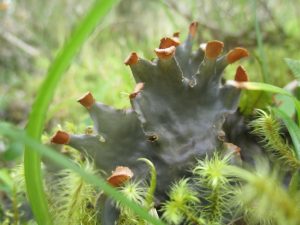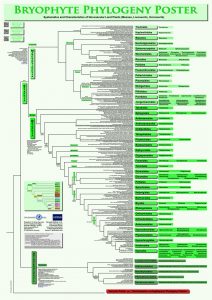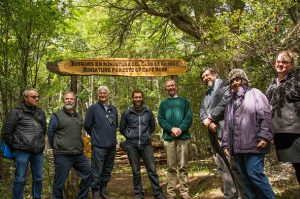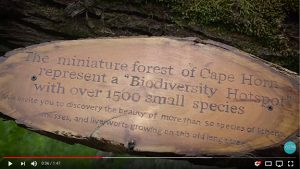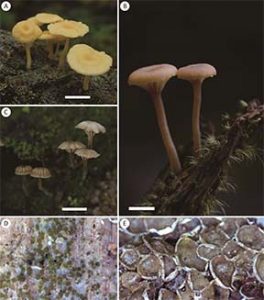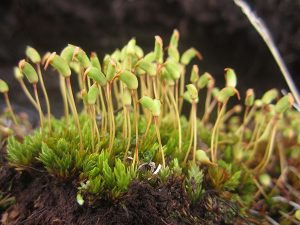 The first publication from our collaborative Assembling the [pleurocarpous moss] Tree of Life project, presenting the first phylogenetic reconstruction of mosses based complete organellar exomes and equivalent set of nuclear markers sampled for exemplars of all but one order, is now published:
The first publication from our collaborative Assembling the [pleurocarpous moss] Tree of Life project, presenting the first phylogenetic reconstruction of mosses based complete organellar exomes and equivalent set of nuclear markers sampled for exemplars of all but one order, is now published:
Liu Y., M. G. Johnson, C. J. Cox, R. Medina, N. Devos, A. Vanderpoorten, L. Hedenäs, N. E. Bell, J. R. Shevock, B. Aguero, D. Quandt, N. J. Wickett, A. J. Shaw & B. Goffinet. 2019. Resolution of the backbone phylogeny of mosses using targeted exons from organellar and nuclear genomes. Nature Communications 10: 1485. DOI: 10.1038/s41467-019-09454-w pdf
The publication of this study was featured in UConn today.
Abstract reads: Mosses compose a highly diverse lineage of land plants, whose diversification, spanning at least 400 million years, remains phylogenetically ambiguous due to the lack of fossils, massive early extinctions, late radiations, limited morphological variation, and conflicting signal among previously used markers. Here, we present phylogenetic reconstructions based on complete organellar exomes and a comparable set of nuclear genes for this major lineage of land plants. Our analysis of 142 species representing 29 of the 30 moss orders reveals that relative average rates of non-synonymous substitutions in nuclear versus plastid genes are much higher in mosses than in seed plants, consistent with the emerging concept of evolutionary dynamism in mosses. Our results highlight the evolutionary significance of taxa with reduced morphologies, shed light on the relative tempo and mechanisms underlying major cladogenic events, and suggest hypotheses for the relationships and delineation of moss orders.
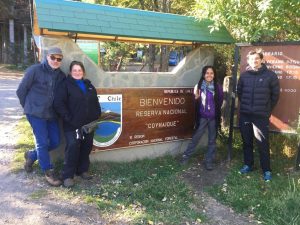 Bernard Goffinet spent a week in the Province of Aysén, surveying the
Bernard Goffinet spent a week in the Province of Aysén, surveying the